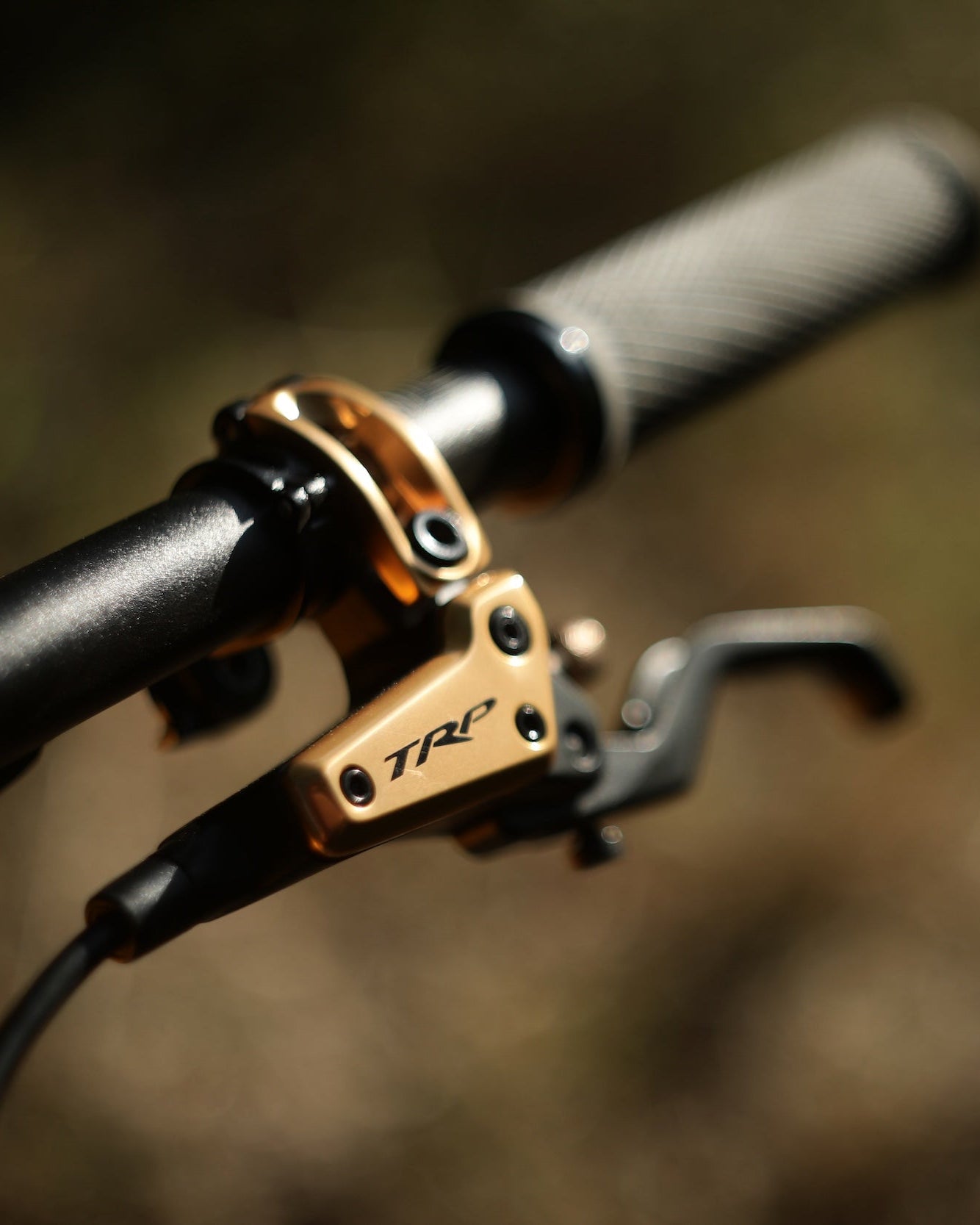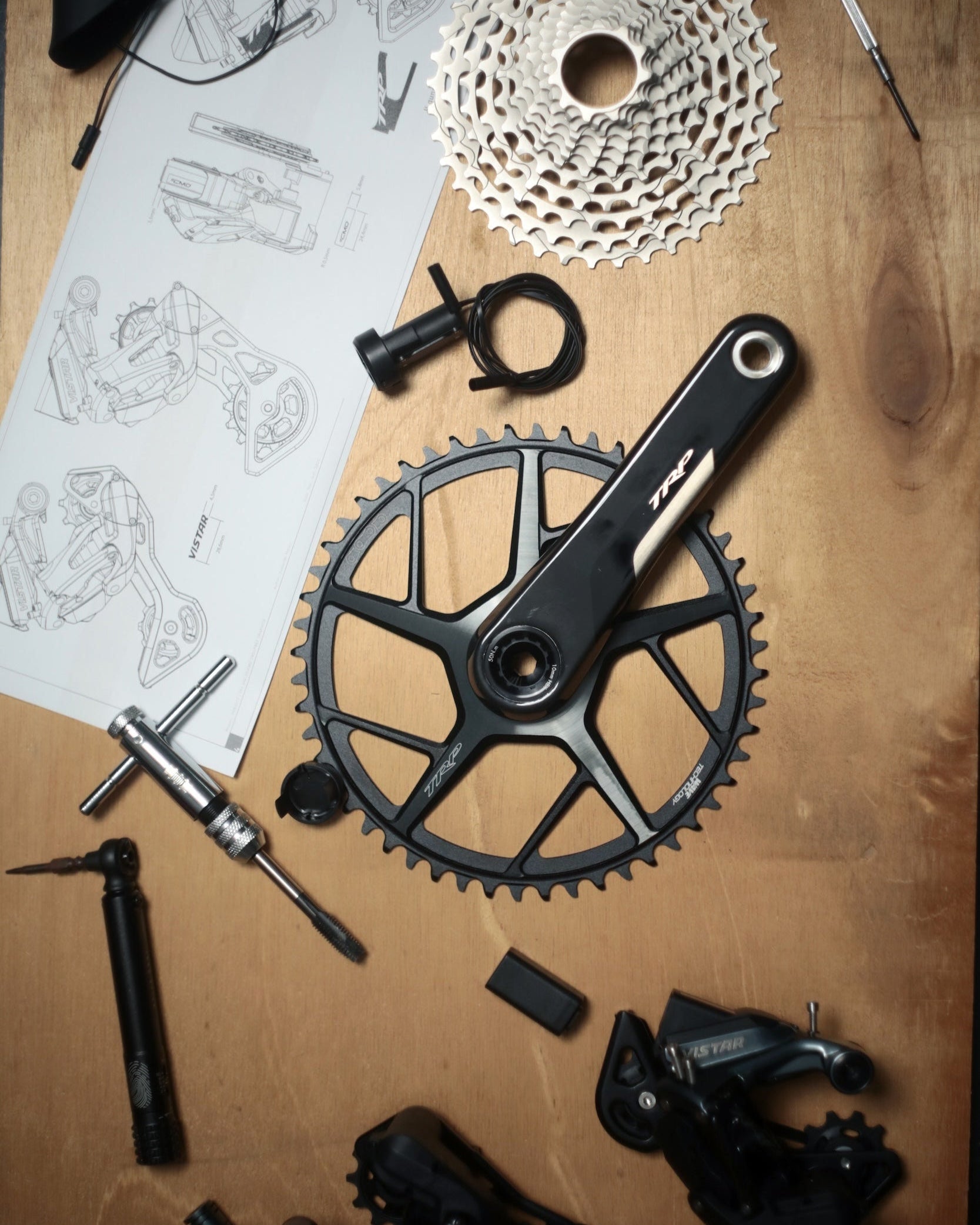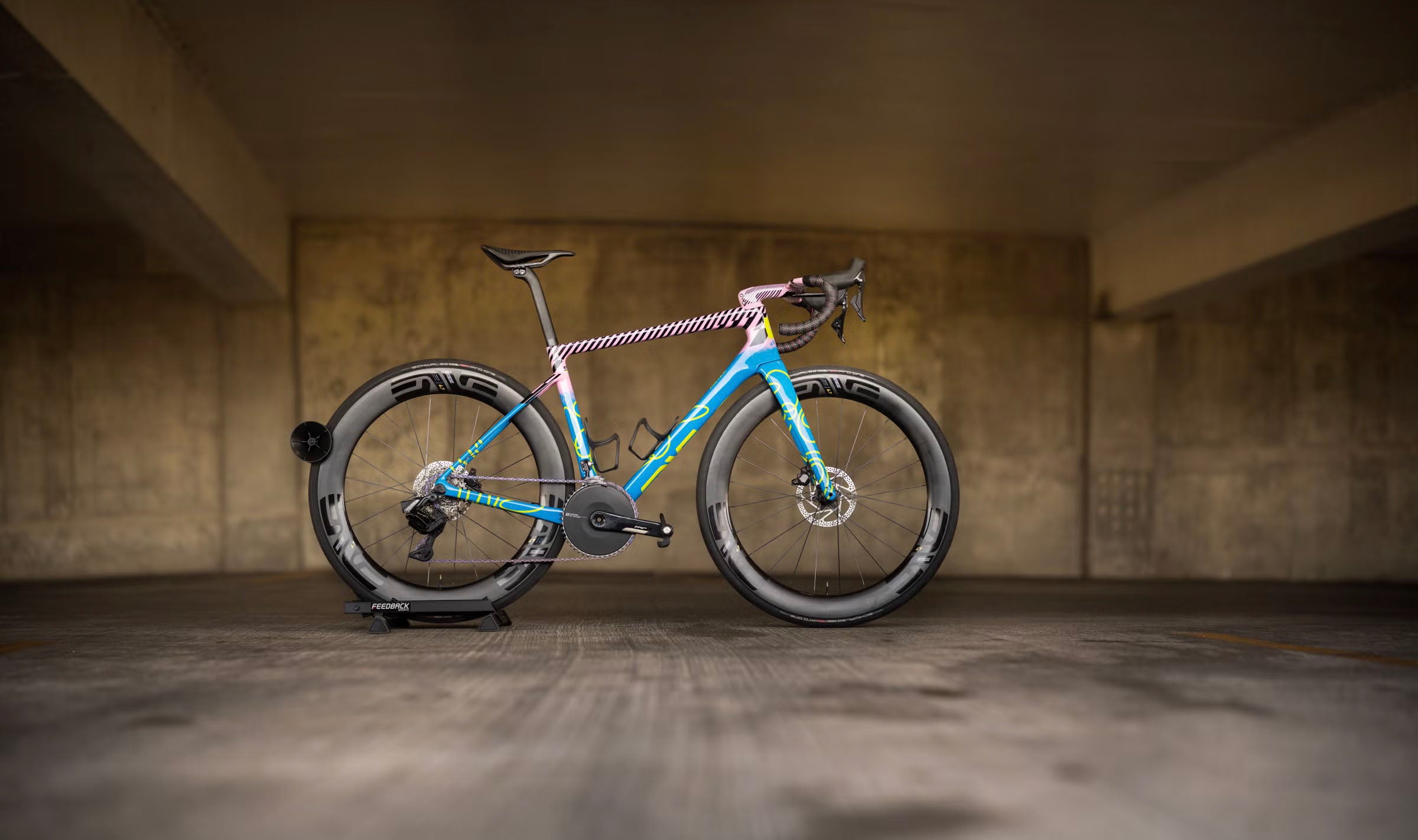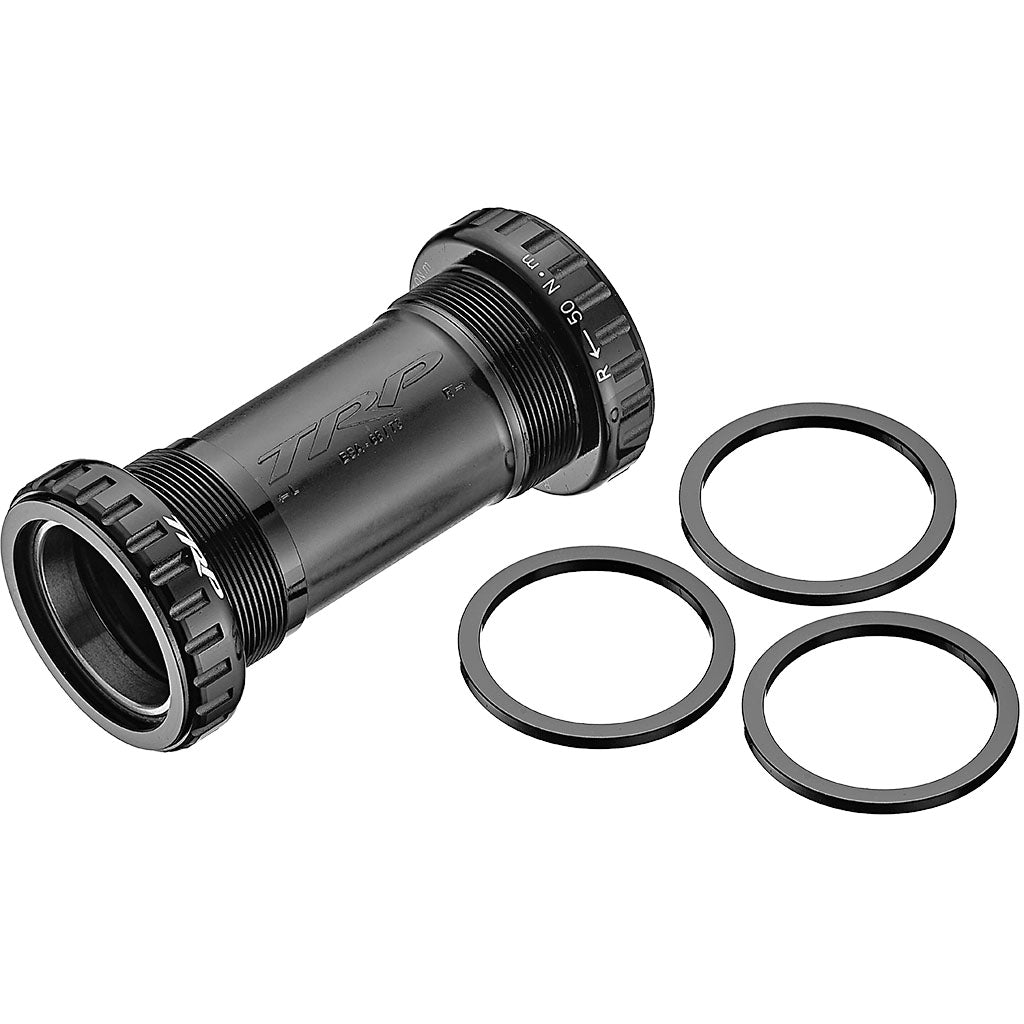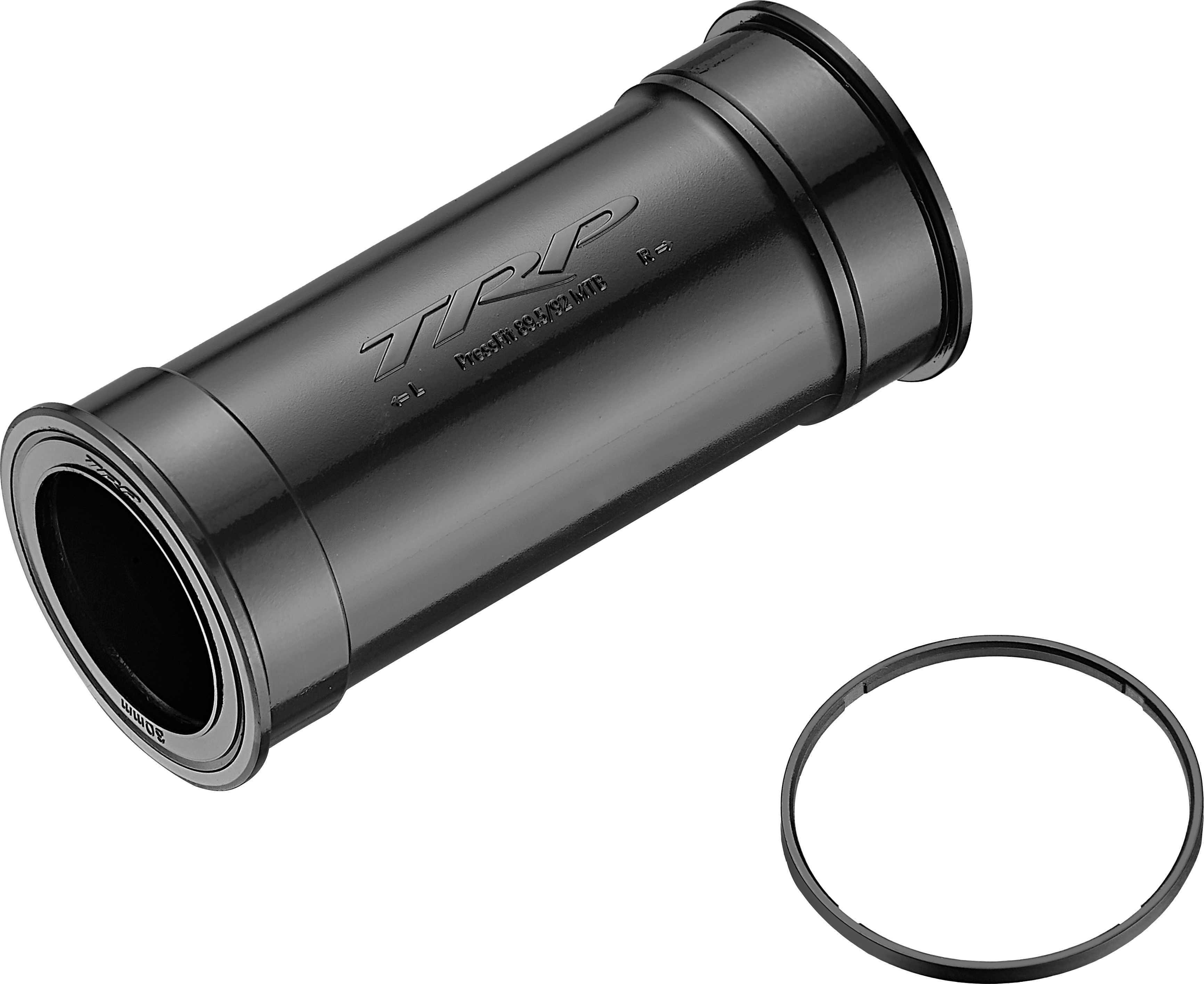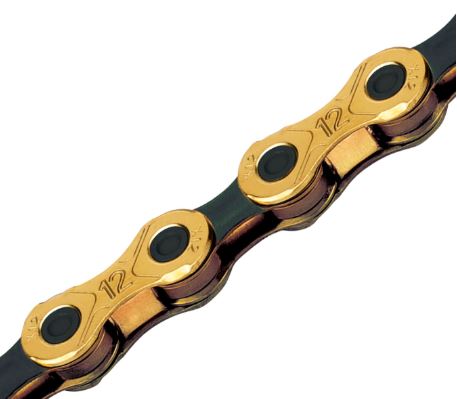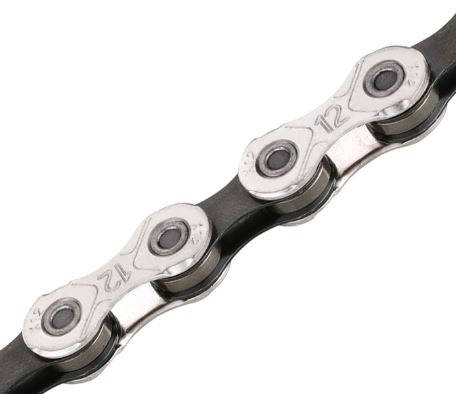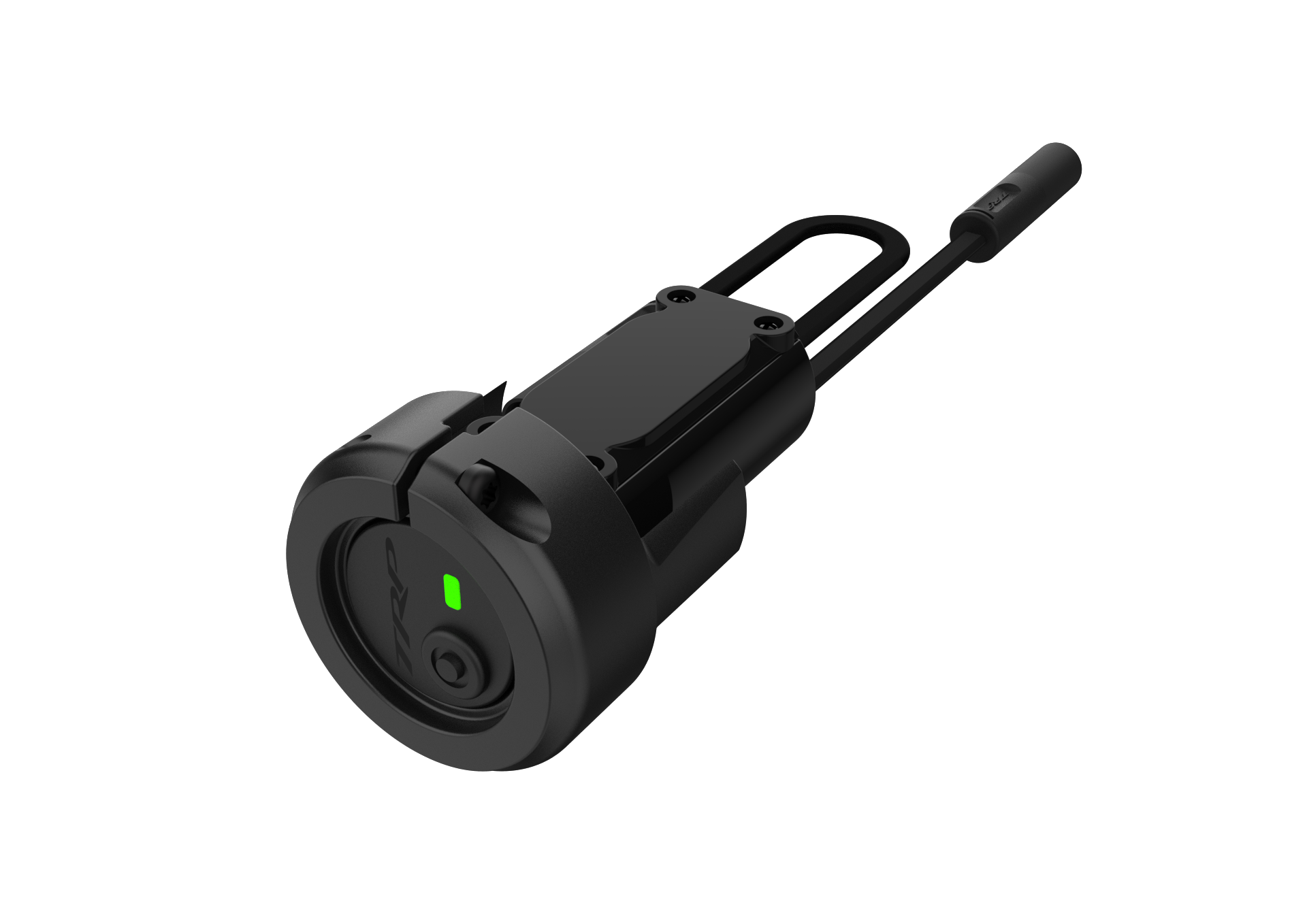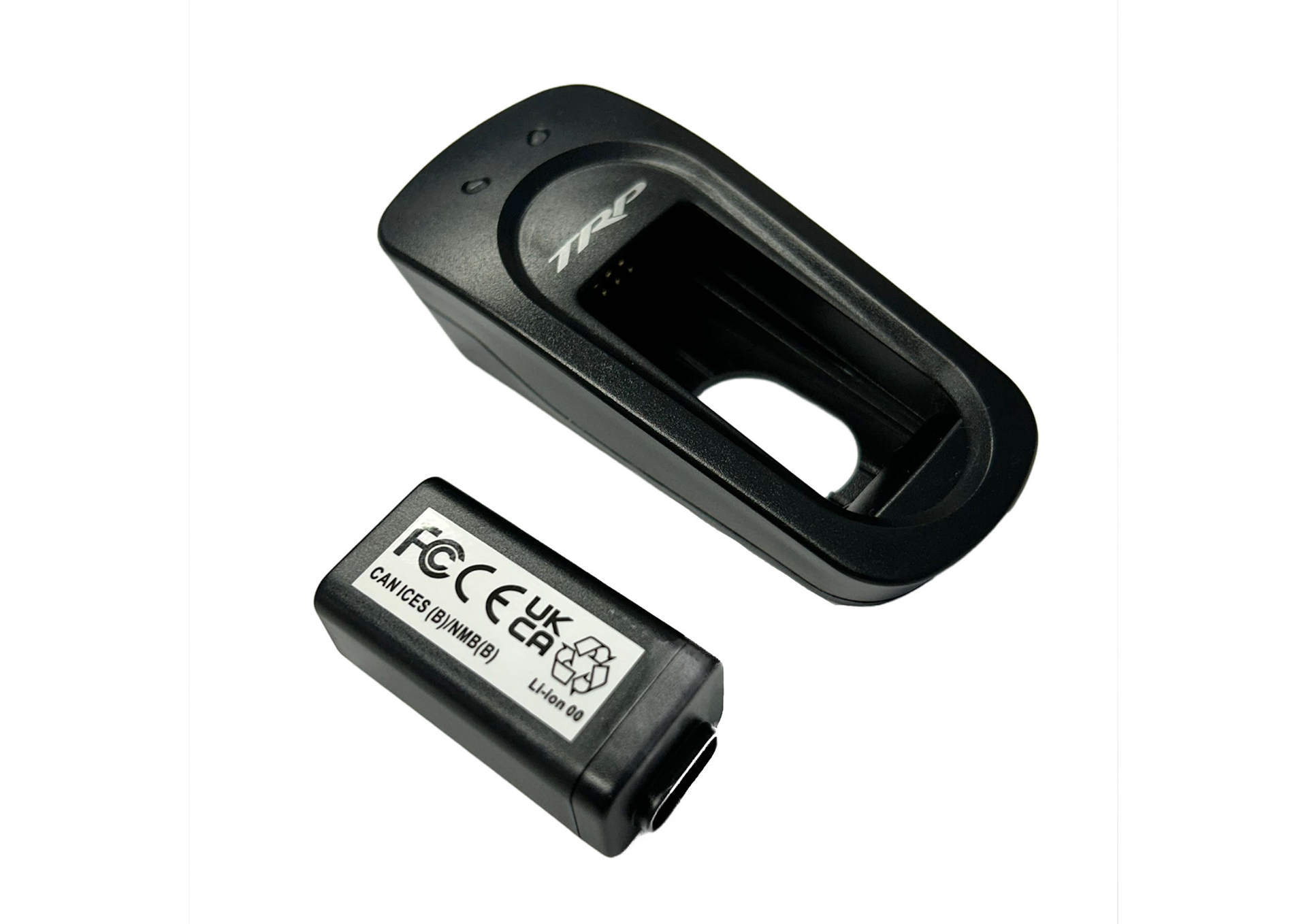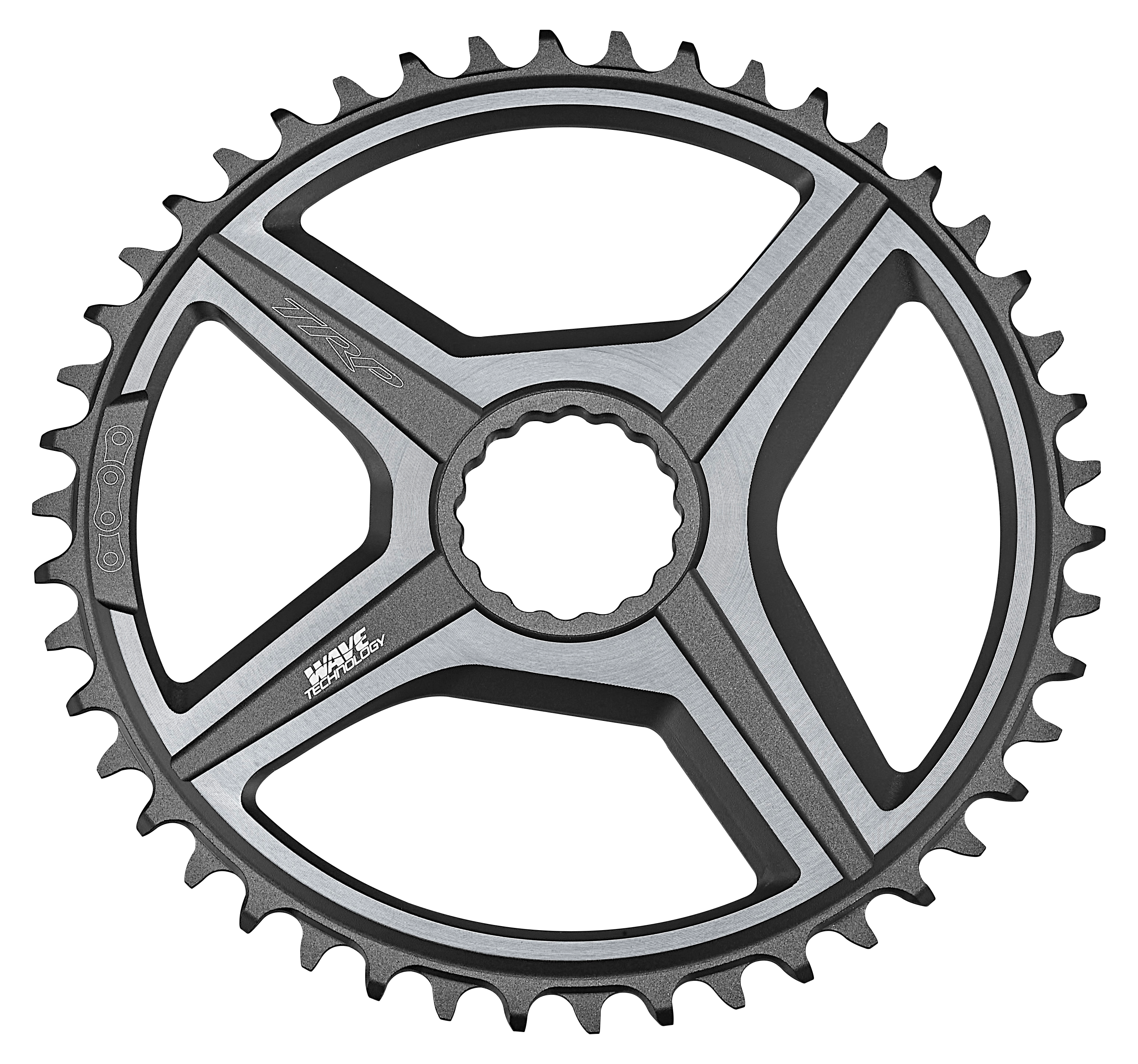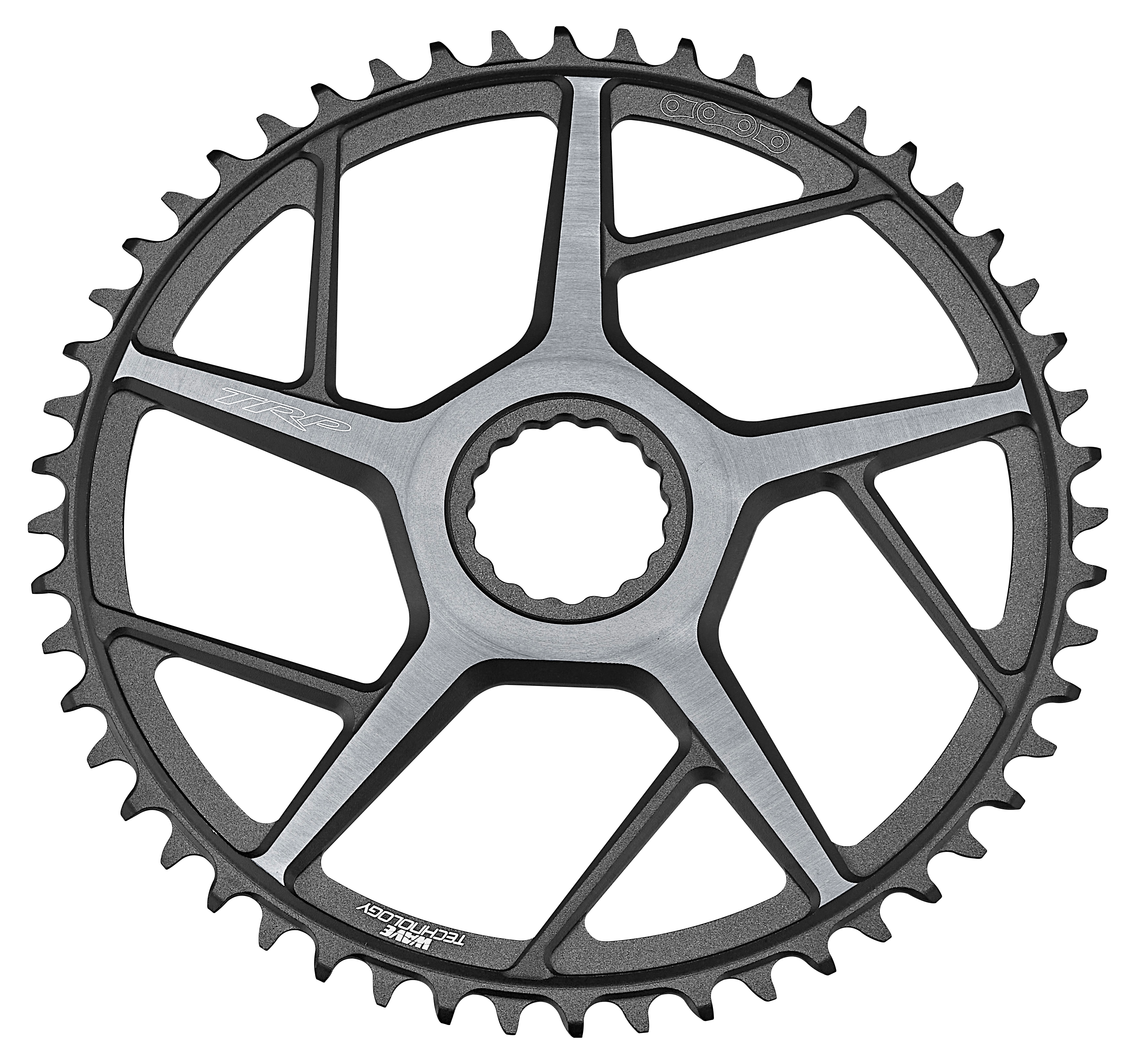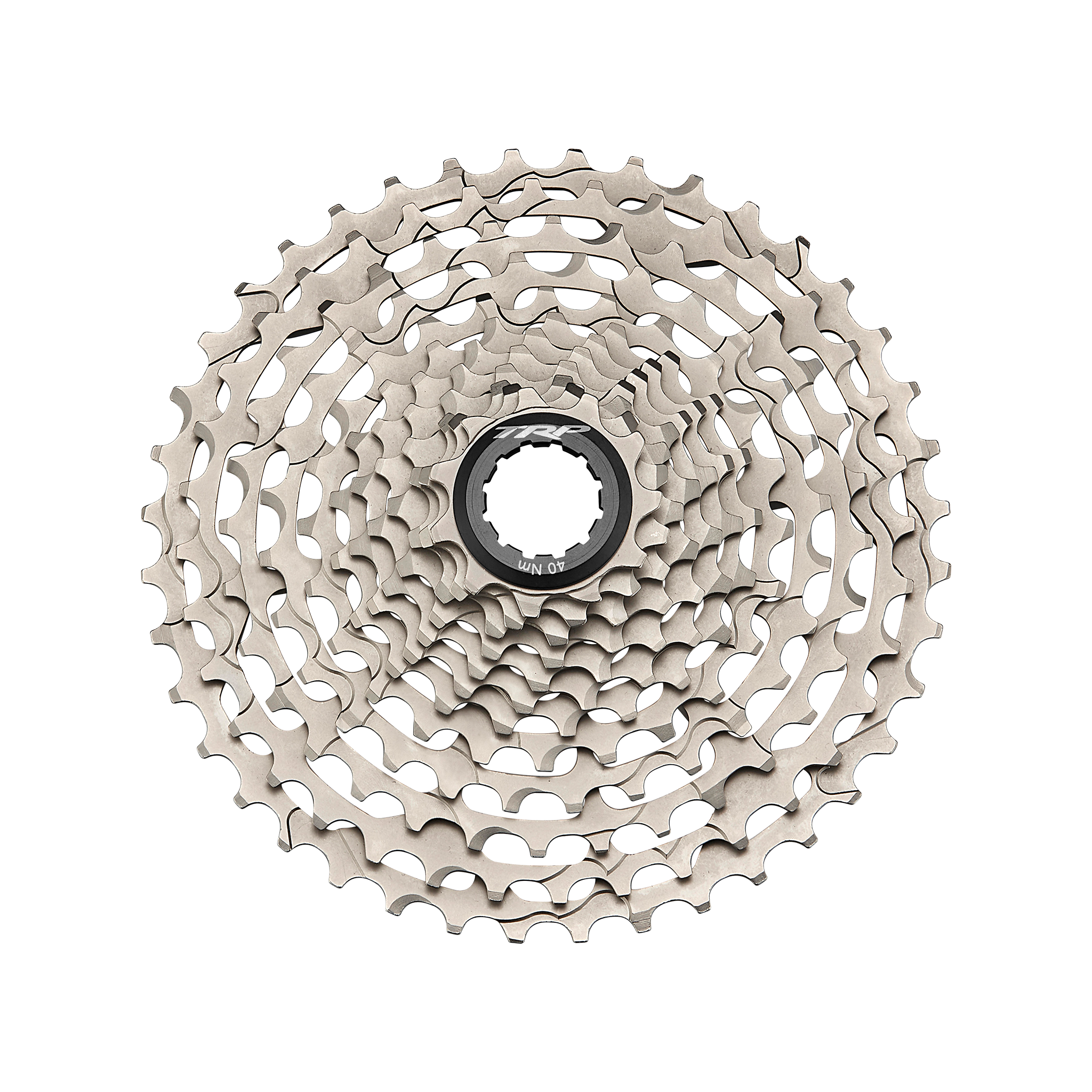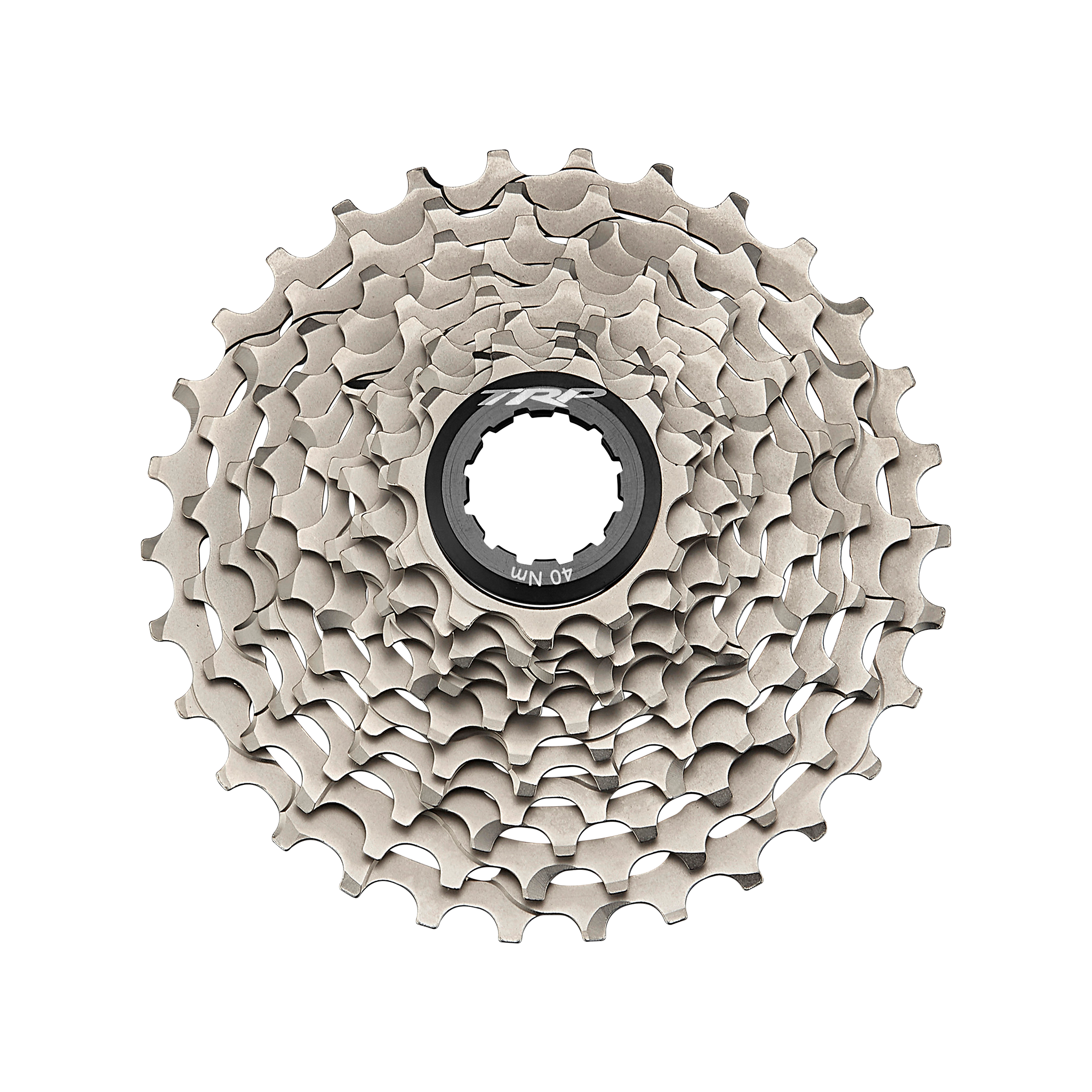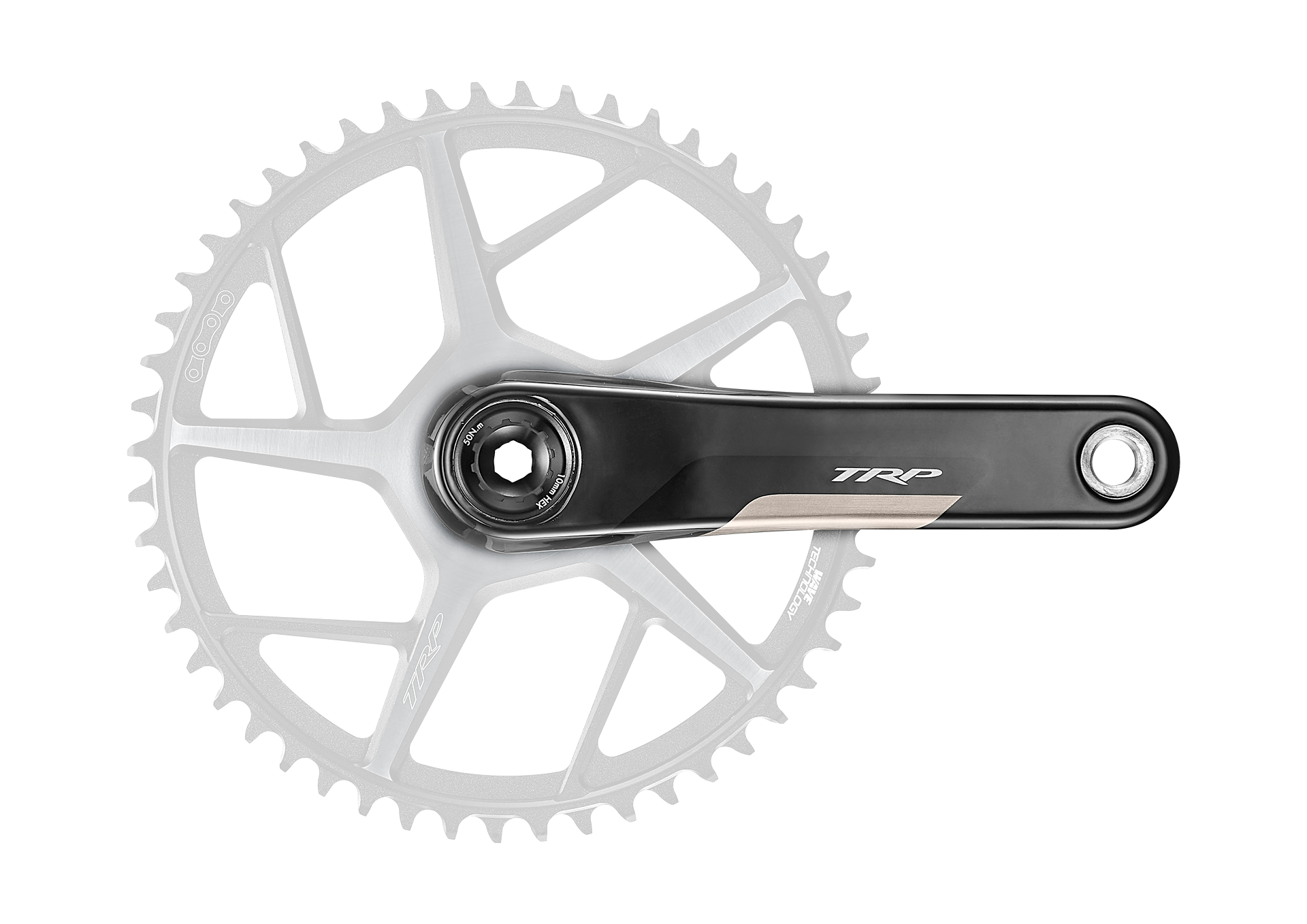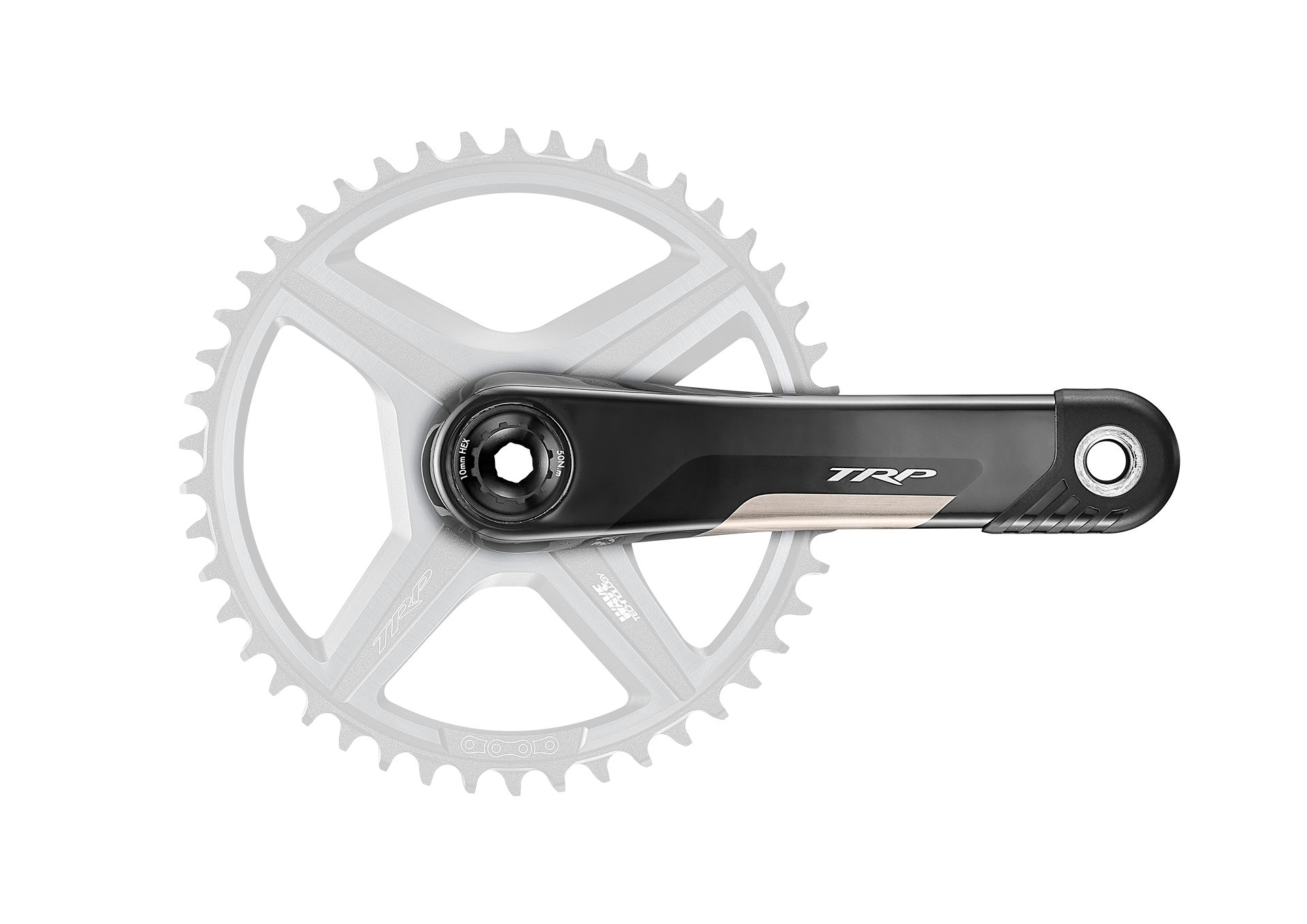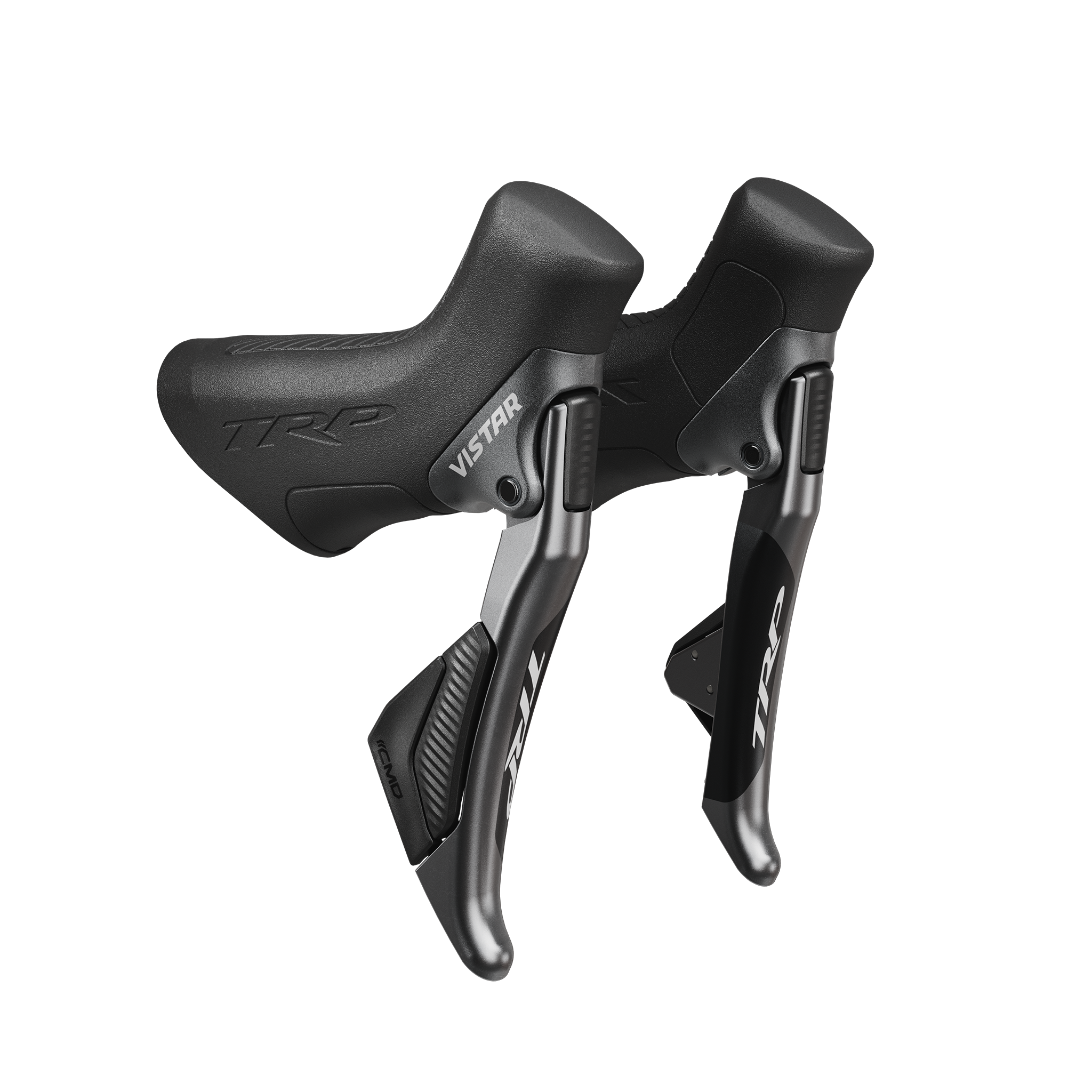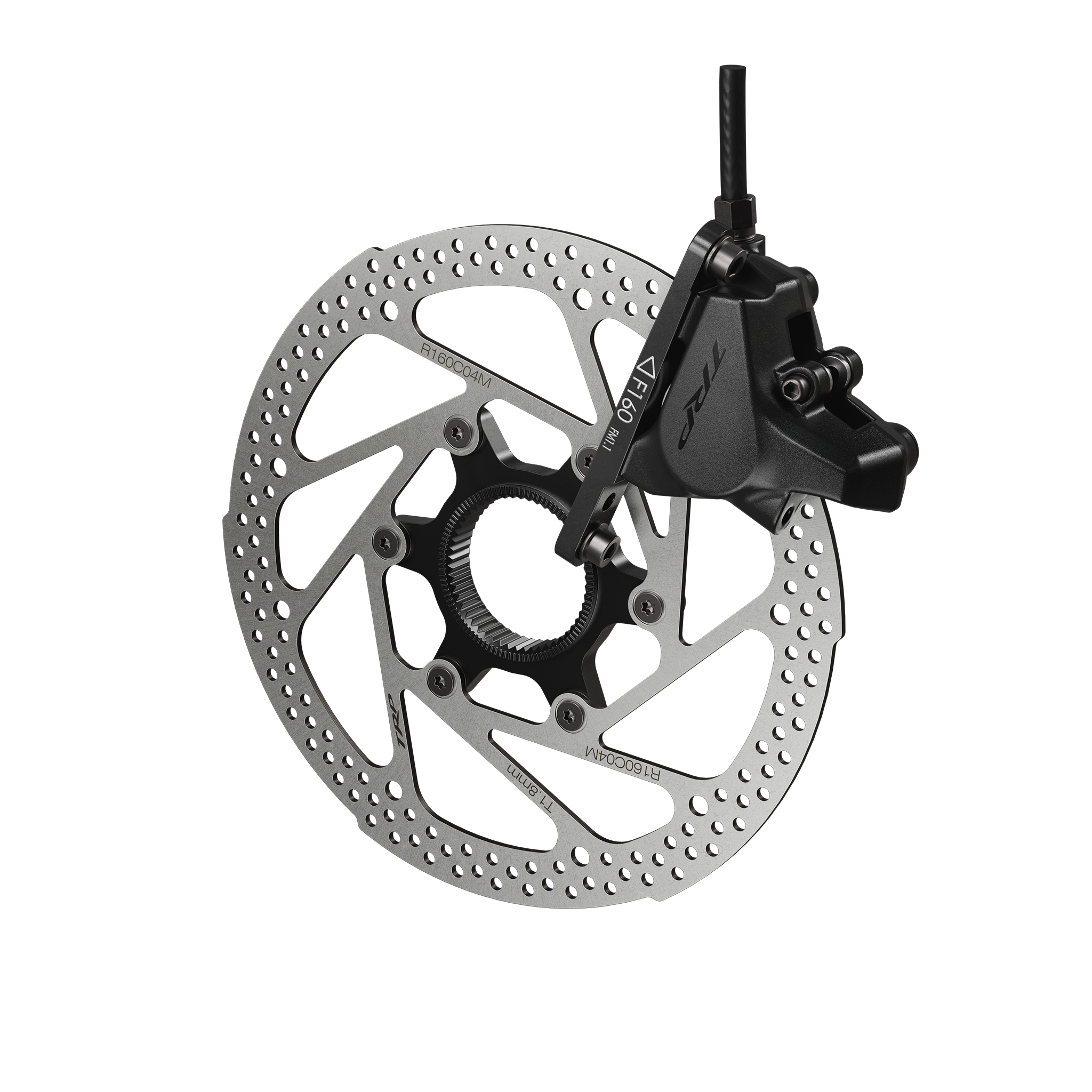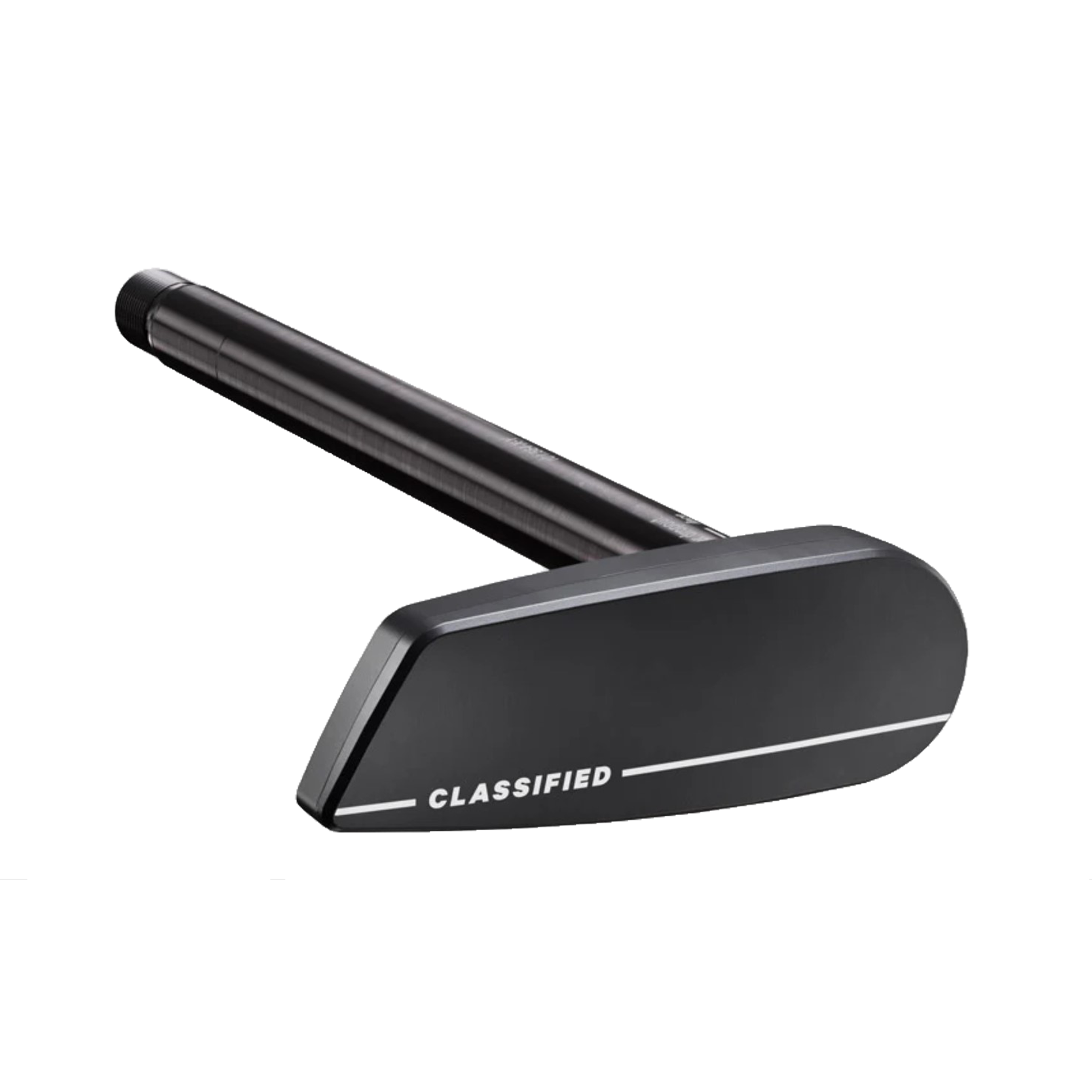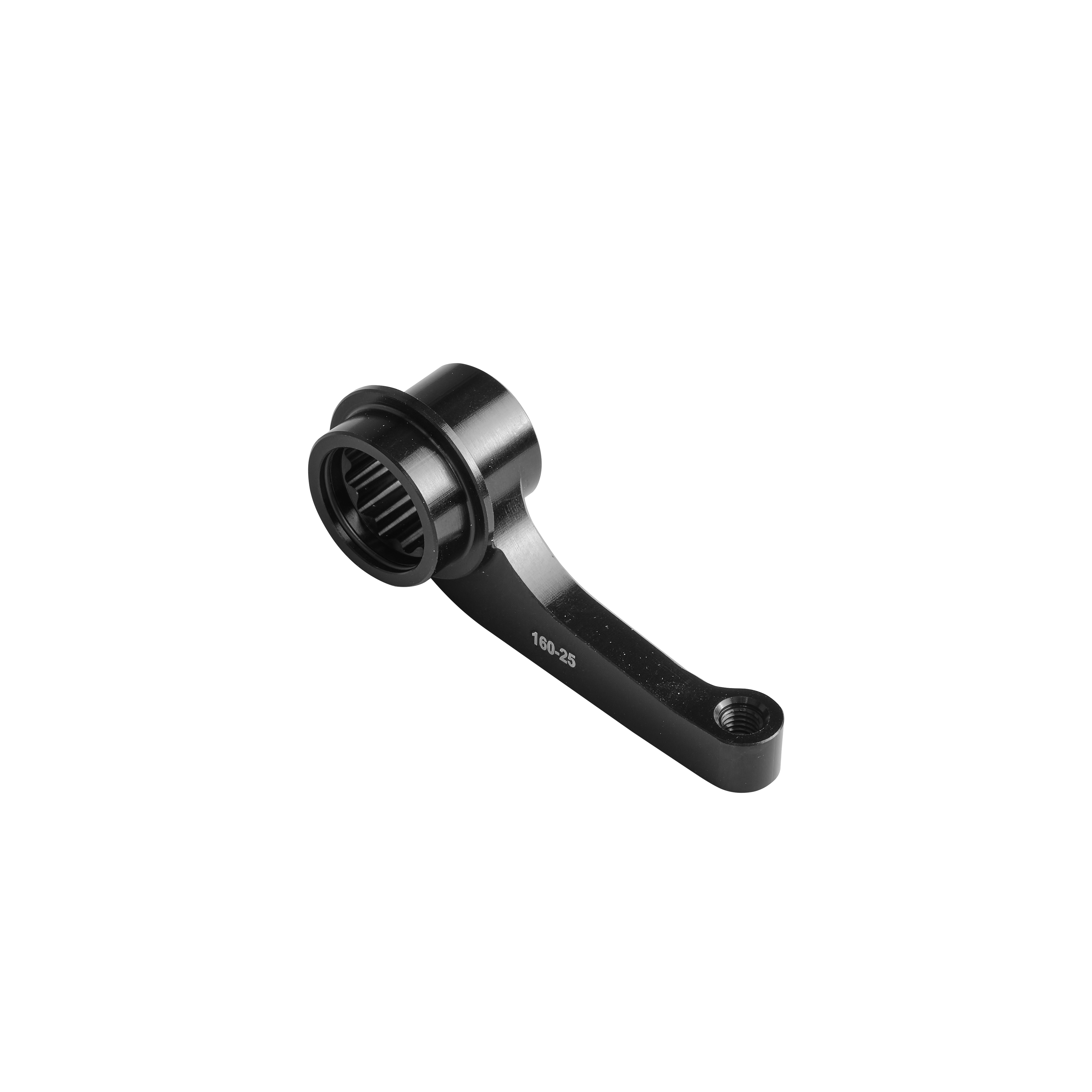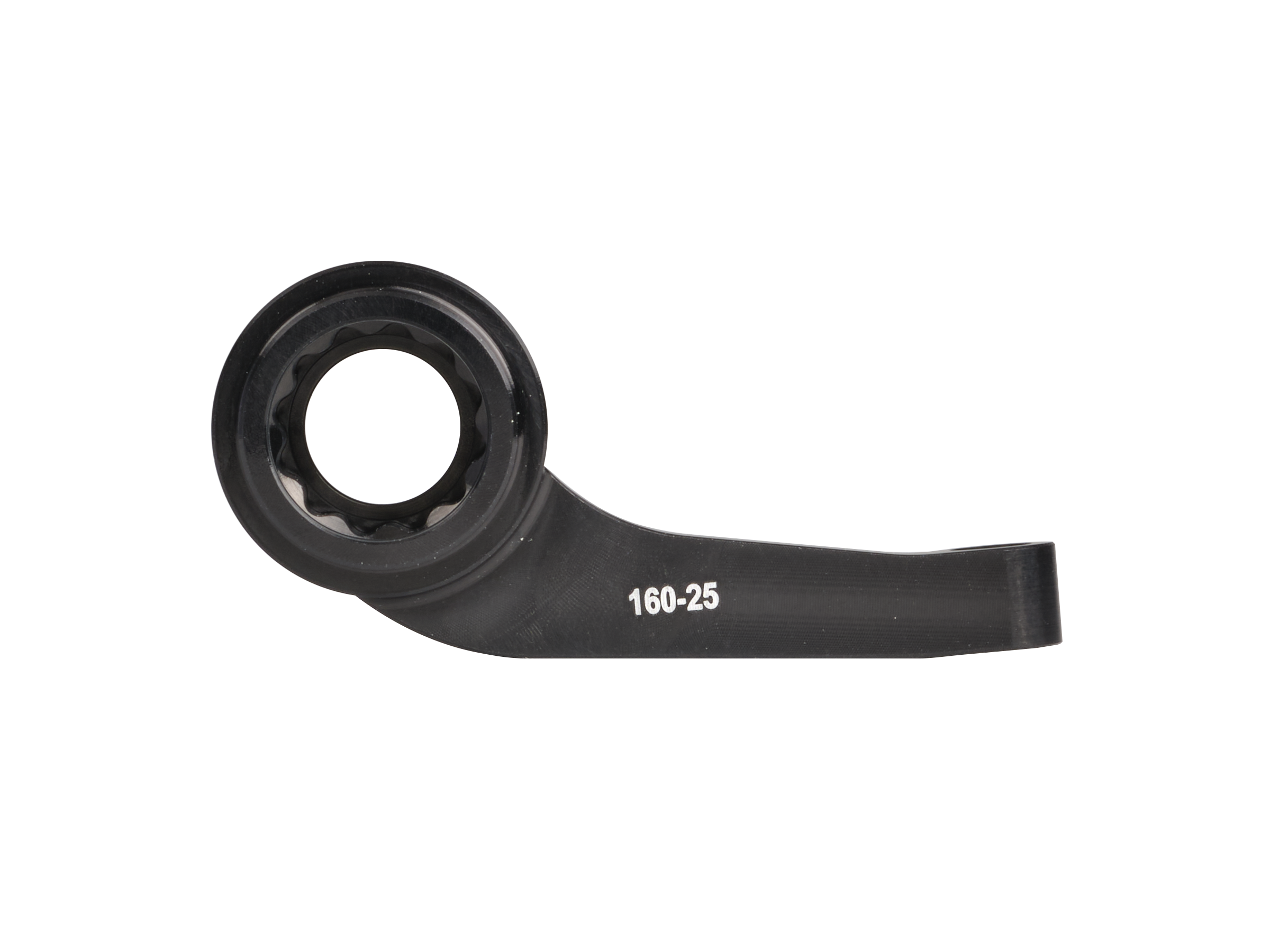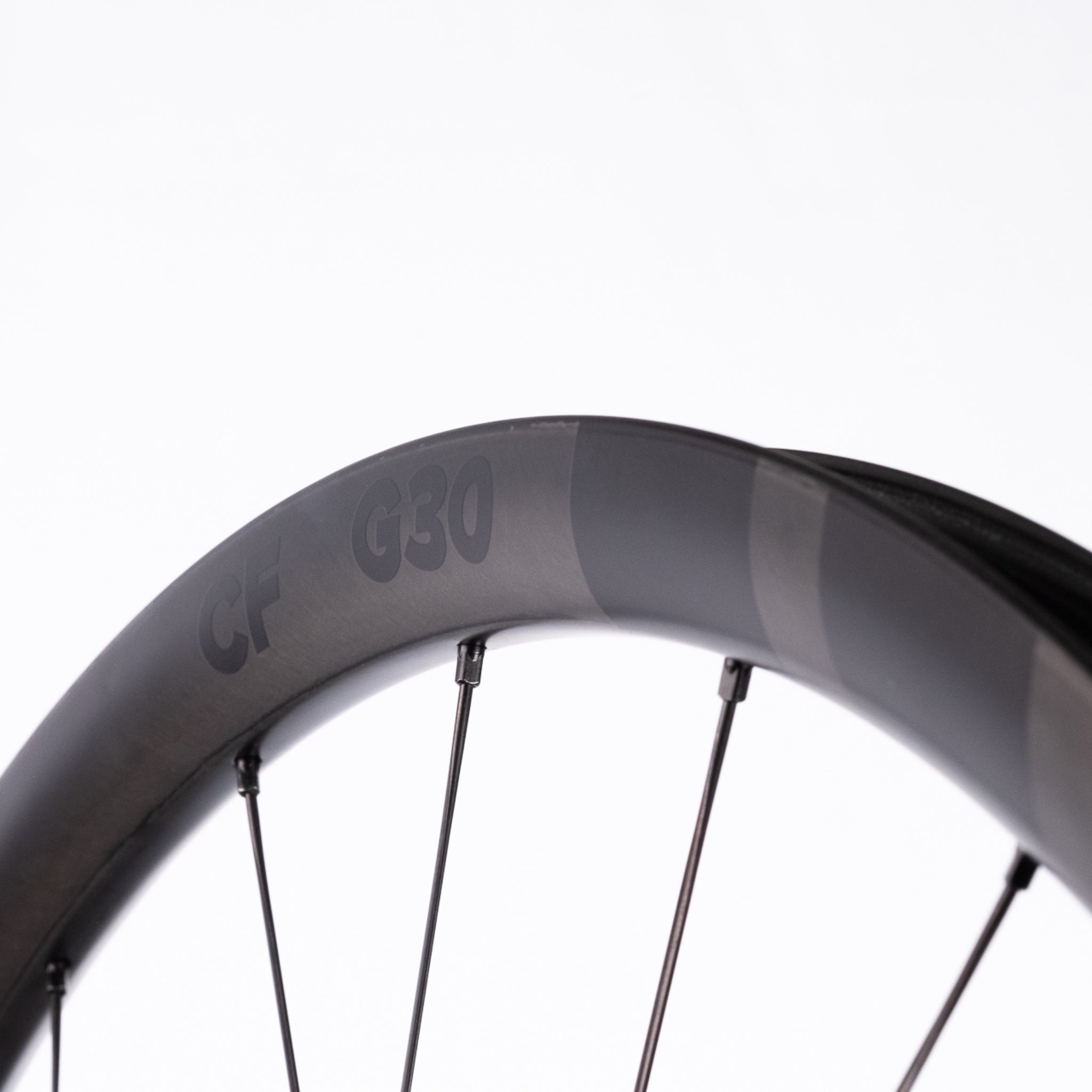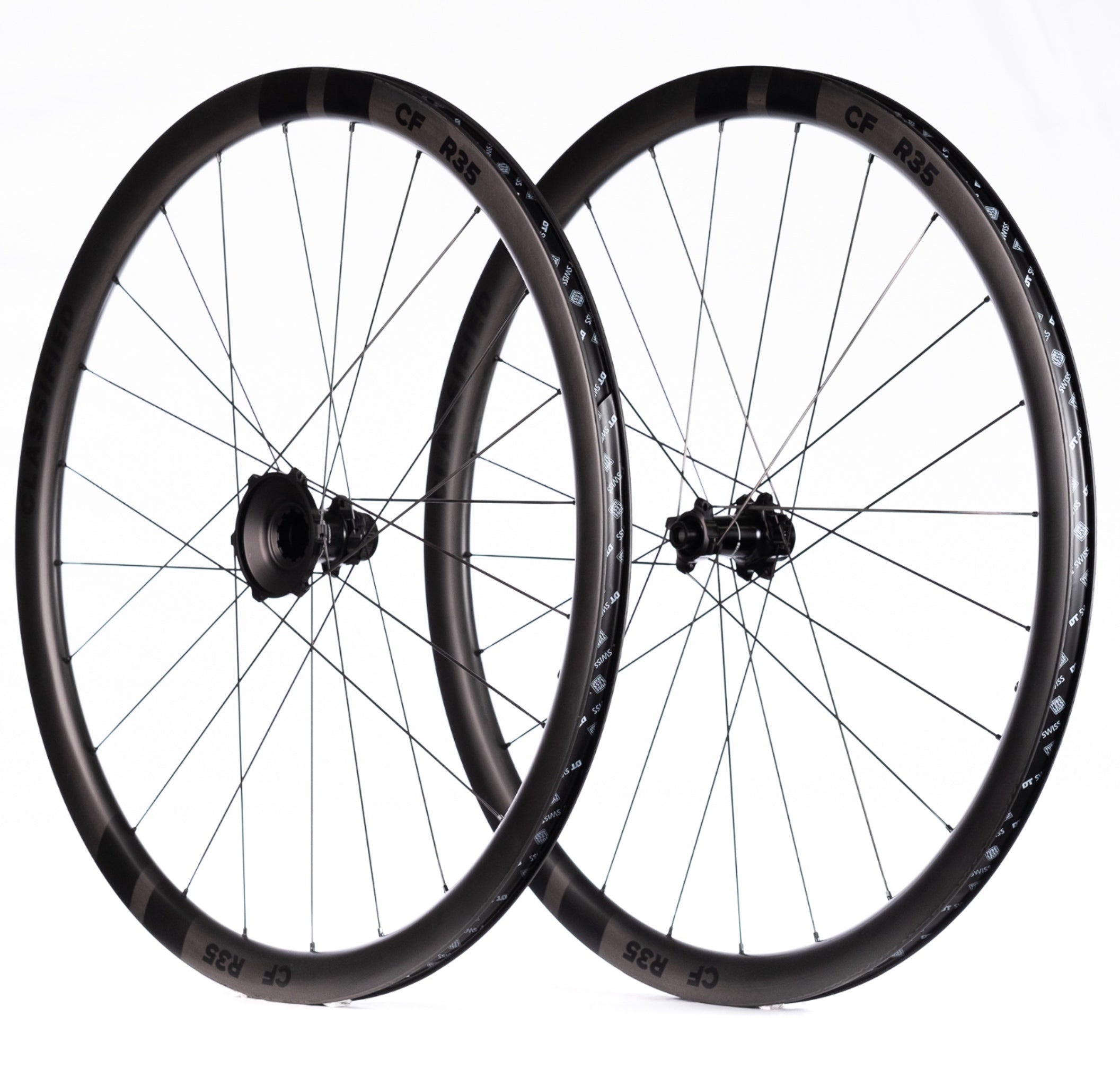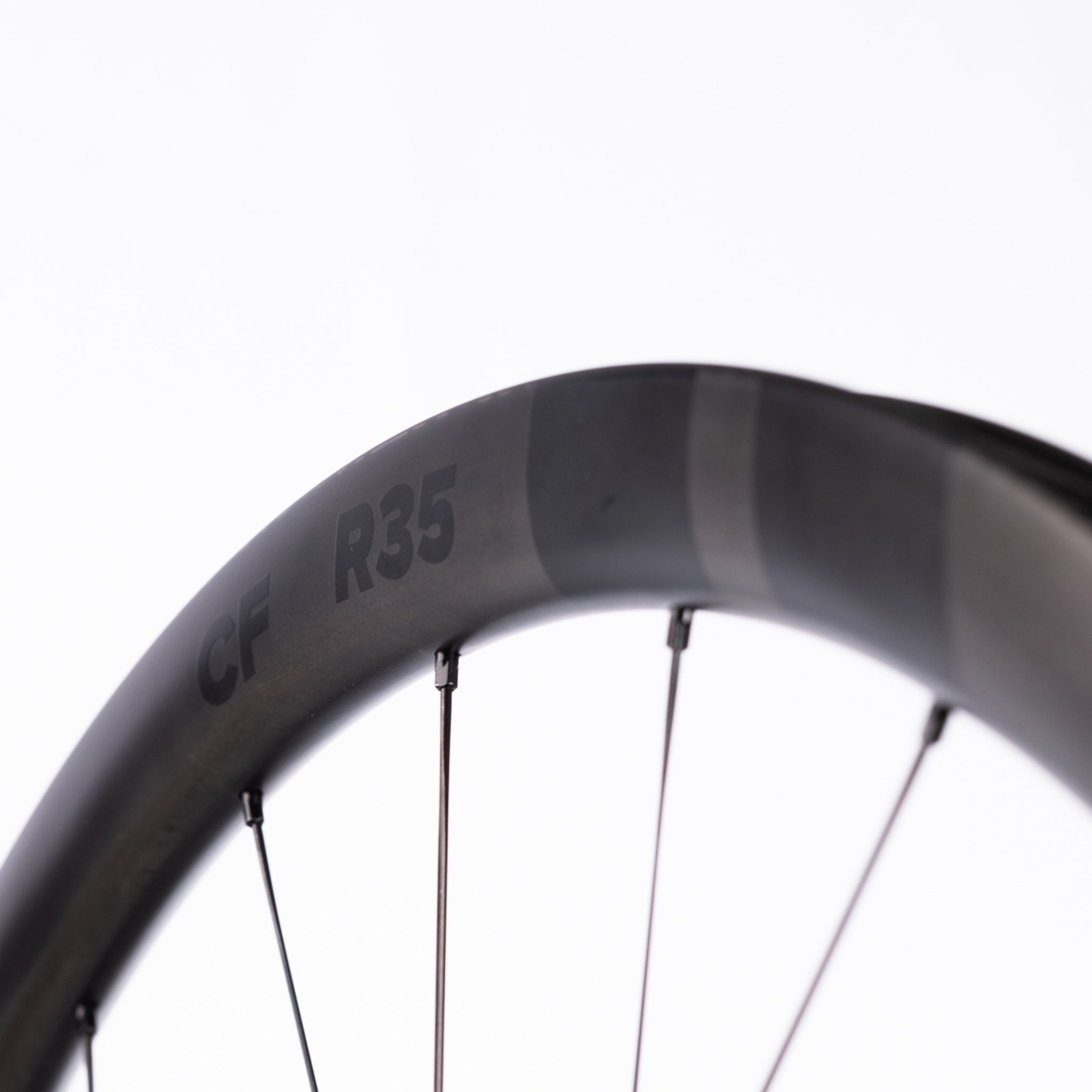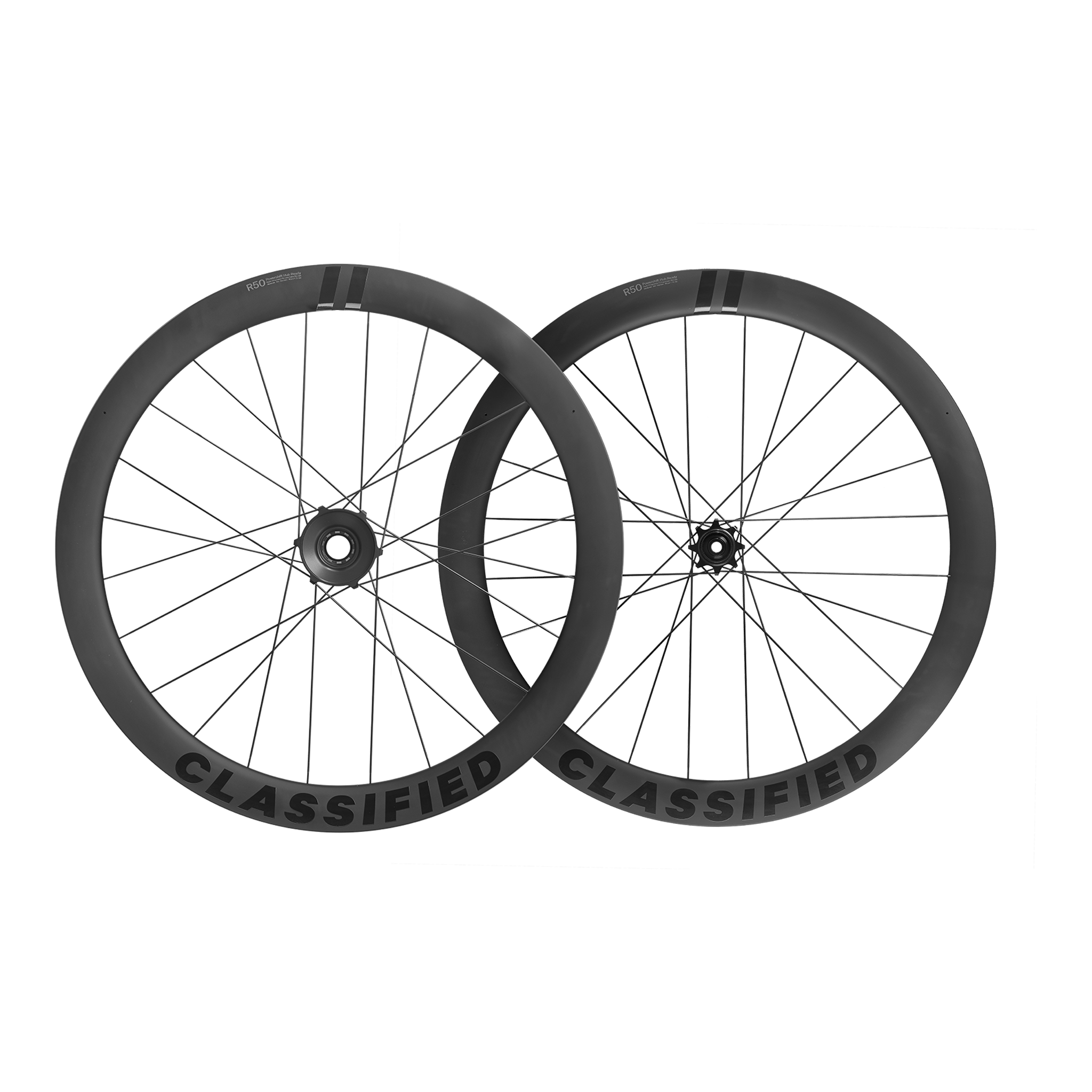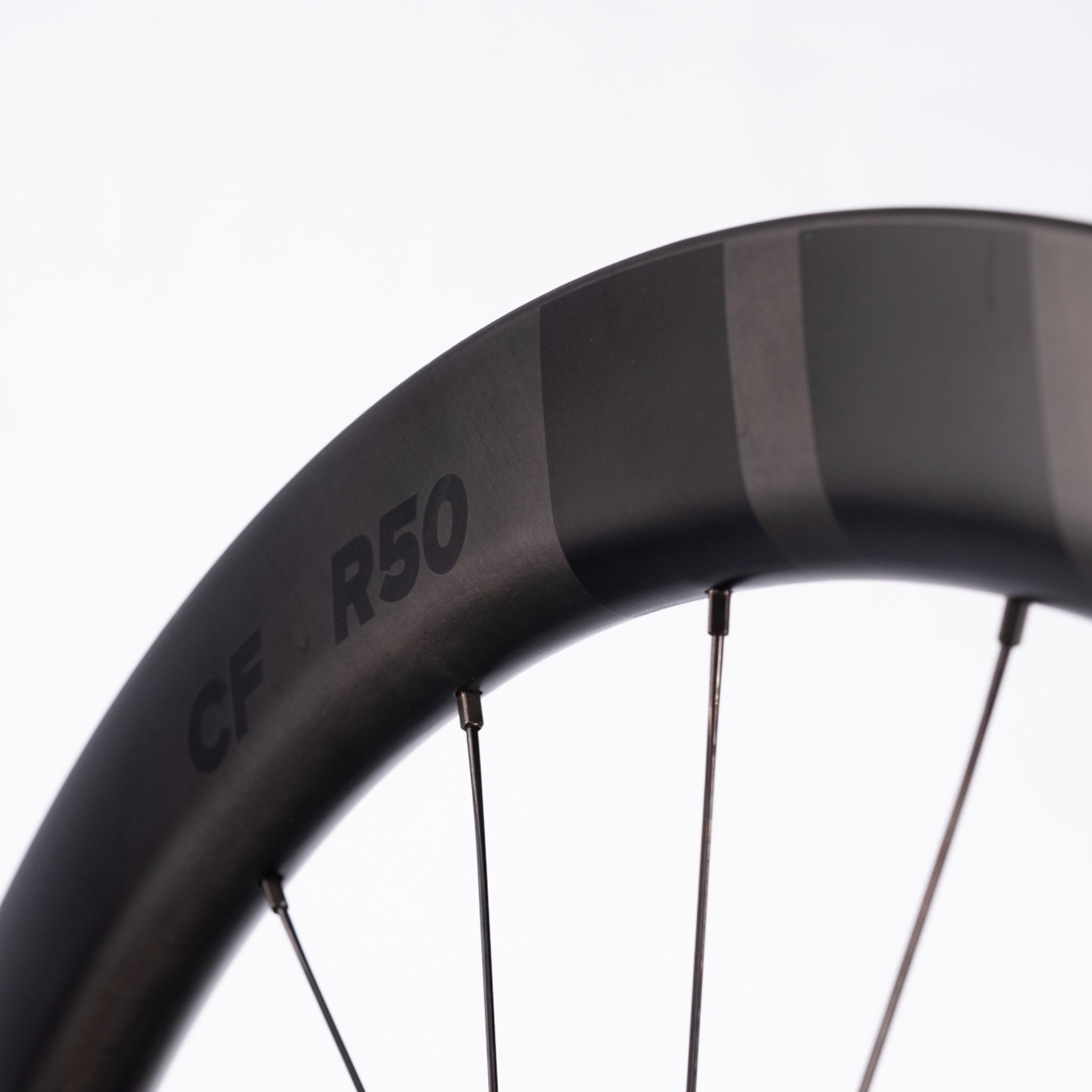Velo - TRP Vistar with Classified Stacks up to the Big Groupset Players, but There’s a Catch
After 700 miles testing the TRP Vistar groupset, this system is a leap forward even with some drawbacks.
By Josh Ross
UpdatedJun 12, 2025
Read more at velo.com
Pros
- Excellent hoods shape
- App design
- 1×16 performance
- Shifts while at a standstill
- 1x performance with 2x range
- Full Classified integration
Cons
- Weight
- Partially wired with a bar end transmitter
- Low tolerance for sloppy setup
- Requires specific wheels
After a year of teasing, the TRP Vistar groupset is finally making its official consumer debut. This is the first groupset to fully integrate a Classified rear hub into a complete groupset and I’ve spent 700 miles, and countless phone calls, working through every detail. It’s time to dive into why you might consider this groupset, how it compares to other groupsets in our component reviews, and what it’s like to ride.
Quick hits: 8 things to know about the TRP Vistar groupset
- This is the first groupset to take advantage of a Classified hub
- TRP Vistar is essentially 2×12 and there are 16 unique gear ratios with a 34t derailleur capacity
- There is also a gravel version with a different derailleur that handles up to a 40-tooth cassette and offers 15 unique gear ratios.
- TRP Vistar is 200 grams heavier than SRAM Force AXS 2×12
- A Classified compatible wheelset is a requirement
- Battery life is 40-50 hours for the rear derailleur
- The rear thru axle battery life is 10,00 shifts or 3-6 months.
- Price and performance is pegged at the Ultegra/Force level
- For more information visit the TRP Website
TRP Vistar groupset details
The TRP Vistar groupset isn’t like anything else that’s come before it. The building blocks are a blend of TRP, Classified, and KMC. TRP handles the brakes, levers, crank and chainring—although I am running a Classified aero chainring—while KMC handles the chain and Classified handles the cassette and what is the equivalent of both a rear hub and a front derailleur.
At the front of the bike the TRP controls connect to hydraulic brakes and feature a simple two button system on both levers. Like Shimano this works by using the forward button to move up the cassette and the rear button to move down the cassette. On the opposite controls, left side for most people, you will find the same two button system but there’s no front derailleur and this controls the Classified Powershift rear hub.
That makes the big news for this groupset the fact that for the first time Classified has true integration. Your bike computer will display the gear you are in exactly as you’d expect and the left button controls a two-speed hub. The “large chainring” on this system is 1:1 with no reduction while the smaller of the two gears is 0.686 or, for simplicity’s sake, a 30% reduction.
If you want to figure out what that means, I’m running a 48-tooth chainring with a 12-speed 11-32 cassette. The equivalent would be, roughly, a 48/33 with an 11-32. It’s similar to SRAM X-range gearing but it trades a 10-tooth cog for an extra 2-teeth on the chainring.
It’s also a mix of SRAM and Shimano for the architecture. Like SRAM there’s an individual battery for the rear derailleur and no connection to the front controls. That battery comes out for charging and TRP makes a clever extra battery holder that goes under a bottle cage. Unlike anything else there is also an integrated battery in the rear thru-axle that controls the Classified hub. Charging this piece means removing the thru axle and plugging it in via mini USB.
Upfront it’s more like Shimano because there’s wires. The two controls connect to a bar end transmitter at the end of the right side of the bars. In case you are wondering, that does mean I had to cut the Enve one-piece bar the same as you’d do with a Shimano 11-speed Di2 system. There’s also a watch battery in the bar end transmitter.
TRP Vistar groupset weight
Normally it’s simple to describe the weight of a groupset. TRP Vistar is more complicated because of the Classified rear hub.
It’s possible to just weigh the hub and the rest of the components but that doesn’t really explain how heavy it is as there’s a give and take. You need special wheels and the rear wheel will have only a hub shell without a hub.
The Classified unit replaces the rear hub. If you have two sets of wheels you wouldn’t have two Classified hubs but would instead pull the entire hub with the cassette and swap it to another set of wheels. In this case I’m using the Enve 6.7 wheels however I also have a set of Hunt 40 CGR wheels on a gravel bike using the Classified system. There are other wheel options besides those two as well.
That quirk of the system has left a big question mark about Classified for a long time. It’s been difficult to compare it to a traditional system without having the weight for the alternate pieces. This time I’ve been able to answer the question of how much this system weighs.
The total TRP Vistar groupset weight with all classified components is 3145 grams. The TRP shifting components weigh 1185g without the powershift components.
TRP considers this groupset an alternative to Shimano Ultegra or SRAM Force AXS so as a point of comparison, the official weight of a SRAM Force AXS 2x groupset with power meter is 2985 grams with the power meter adding 40 grams. That puts SRAM Force AXS 2x as 200 grams lighter.
If you want to dive in even further, you can separate the shifting components. In that case, SRAM Force AXS with a 10–33 and 46/33 (similar gearing) is 1014 grams vs 1181 grams for Vistar. That’s a difference of 167 grams.
Given that this is essentially a 2x system, looking at these numbers shows the weight penalty for the Classified hub with TRP derailleur vs a pair of derailleurs. That might matter if you are trying to figure the difference in weight for this virtual 2x system compared to a traditional 2x system.
Obviously this opens the question of what you get in exchange for an extra 200 grams.
TRP Vistar ride experience as it relates to Classified
As I’m writing this I’ve put roughly 700 miles on this groupset. I was also the first US journalist to test Classified and I’ve been running the standalone rear hub on a Salsa Warbird with SRAM Apex AXS for roughly two years. All to say, I’ve got some time on the system.
That time matters because Classified is so transformative it takes time to understand it. On the face of it, TRP Vistar with a Classified rear hub is a 2x groupset. This is already somewhat of a big deal as this is the first time it’s possible to say this. Forget that distinction for a moment though.
If you ride this system without ever looking down, it works just like a Shimano 2x system. Each control has a pair of buttons with one forward, and slightly, above the second. On the right the forward button shifts up the cassette and the rear button shifts down. On the left the forward button shifts up the chainring while the rear shifts down.
If you do look down, you’d find that description not quite accurate. There is no front derailleur. You aren’t shifting up and down a chainring with your left hand. Instead there is only a single chainring, with a K-edge 1x race chain guide in my setup, and you are switching the rear hub between a 1:1 final gear ratio and a 1:0.686 final gear ratio. This matters a lot but it takes time to understand.
In the same way that gravity affects our entire existence in ways we don’t think about, so does a front derailleur. We learn to ride bikes in a certain way because of the limitations that exist in the technology. For example, you don’t shift while standing still at a light and you don’t use the front derailleur whenever you feel like it. Except with a Classified, you can do both of those things.
It takes time for a shift in riding styles to sink in. Even with my experience riding Classified in a gravel setup, using the TRP Vistar groupset on a road bike took me time to fully appreciate. At this point I understand that if I stop to allow a car to pass when I’m pushing hard on a slight decline, I can use the front derailleur.
Instead of struggling to get going again while near the bottom of the cassette, I can just use the front derailleur to instantly switch into a 30% easier gear. Once across the road and moving again I can move the front derailleur again and I’ve never had to touch the rear derailleur. I can also shift the front derailleur under full power while sprinting up a hill in the middle of the cassette. Or I can shift it while stopped mid hill to make getting started easier.
Classified means never thinking about dropping a chain and shifting what you’d think about as the front derailleur whenever you feel like it. Don’t forget, there’s no such thing as cross chaining either. Hold it in the big ring and the top of the cassette if you want. These super powers are transformative to the way we ride bikes. Then there’s Quantum Shift.
This is where things really start to get… different and I have to admit I’m still on the fence about this. If you’ve heard TRP Vistar described as 1×16, that’s because there are 16 unique gear ratios and Quantum Shift will use them as a virtual 1×16. It’s similar to Shimano Synchronized shifting but, again, Classified fundamentally changes the experience.
Both Shimano and SRAM have options to link the front and rear derailleur as one. As you shift up the cassette DI2 or AXS will shift both the front and rear together to move you to the smaller front chainring while keeping your cadence as close as possible. The problem is that both systems are highly disruptive when it happens. It sends a shudder through the frame and I find it maddening.
With Quantum Shift it can, sometimes, feel as if you’ve only moved a single cog on the rear cassette. I find this especially true when climbing which is also where SRAM and Shimano are the most disruptive. TRP is also quick to point out that the rider retains full manual control even in Quantum Shift mode. Meaning you can switch gears if there’s a reason you can see because of the road ahead.
The problem with this system is that the gear ratios aren’t exact at the shift point. I find it’s still a bit disruptive on the flats but it does work well when climbing. For now I’ve left it in Quantum Shift, which is huge for me, but I’m old enough I might prefer manual control in the long term.
The rest of the TRP Vistar ride experience
That was a lot of talk about the Classified system. This is the first time Classified tech feels fully realized. It works seamlessly, even showing the correct gears on a bike computer, and it’s part and parcel to the experience of riding TRP Vistar. It’s also not the only part of the experience.
If you step away from Classified and think of the TRP groupset in relation to other options, I’m impressed. As expected the hydraulic brakes work perfectly. TRP isn’t new to this game and although these are only 2-piston, hydraulic brakes are a mature technology. There’s no surprises here. My only note is that I am getting some occasional rubbing on the front rotor. Pad clearance is 0.2 – 0.3mm vs 0.2 – 0.5mm for Shimano with Shimano Servowave technology holding a slight advantage with regards to silent brakes.
The levers, at least in relation to braking performance, are also not up to matching the latest SRAM Red shape. Like Shimano you can catch your finger behind the levers when braking from the hoods. SRAM set the standard there so it’s not a surprise but I’d pick TRP as the winner on hood shape.
TRP Vistar uses a narrow squared off top that drops quickly and widens for a traditional hand position. I find it better than both Shimano and SRAM with the uppers feeling perfect for holding in an aero position and if you take a more relaxed position the slightly thick hoods are equally perfect top hold. There is reach adjustment however there isn’t an auxiliary button or the option of adding one.
In terms of the regular shift buttons though, I’d say that TRP has Shimano beat once again. The buttons are large and the rear has a triangle shape with a point that’s perfect for reaching in the drops. I have never caught myself wondering which button I’m touching and I’ve never grabbed the wrong one by accident.
It does feel unnecessary to have two buttons on the left control but I attribute that more to a conceptual familiarity with SRAM than I do with any actual need. I think you could make the same argument about Shimano levers given that both systems only shift between two positions.
The same give and take story plays out with the electronics. SRAM has the best app experience of the three and includes a number of interesting details for understanding your use of your hardware. That said, you can actually useSRAM AXS webto get that same data when riding with a different groupset and TRP otherwise does an admirable job. It’s a simple app but it has a visual guide to micro adjusting, the option to swap to Quantum Shift, and an easy firmware upgrade system that’s completely wireless. There’s nothing to dislike even if there’s also not a big value add. It just works.
The challenges I’ve had
As I wrap up my time before this review is done, though not the time I’ll be spending with this groupset, I think it’s important to talk specifically about the challenges so far. I could skip this section as they’ve been solved but it has been a journey.
The first challenge I experienced was tons of noise from the system. Everything was squeaky and by the end of my first big ride I was ready to pull my hair out. This stemmed from an update that Classified made to the rear thru axle.
Previously the rear axle had a plastic crush zone at one side. It was easy to overtighten and when we built the system I was clear with the mechanic not to crank on it. Classified updated this and now I’m told it won’t break with hand tightening. I brought the bike to the TRP booth at Sea Otter and the techs cranked it down plus added a bit of grease to the plastic spacers. All of the noise under torque disappeared.
The other build challenge isn’t so easy to fix. This is a partially wired system and those one piece Enve bars are a nightmare to route through. Not only did I have to cut the ends off but getting the wires through took hours. In 2025 both TRP/Classified and Shimano need to figure out how to create a fully wireless system. Thankfully this isn’t an ongoing issue, it’s set up and done now, but it’s a definite annoyance.
Also difficult, but solvable, was dealing with shift noise and hesitation. Initially I had shift noise and hesitation that was particularly noticeable on the upshifts from the 9th to 8th and 8th to 7th cogs (14, 15, and 16 tooth cogs on the cassette). Iit could have been a deal breaker but in the end I solved it.
I first spent hours messing with the micro adjusting system both with, and without, the app. Then I reached out to TRP and we adjusted the b screw tension eventually bringing the gap right to the point where I thought it was hitting then ever so slightly backed off. Then I went back to the micro adjusting.
What I initially wrote here was that somewhere along the way I solved this. Except that didn’t end up happening when I wrote those words. I thought it was solved but it started happening again. It turned out the issue was with my preproduction unit.
There was movement in the knuckle of the rear derailleur. It would work then it would move and have issues again. It’s now been replaced and you will not have those issues with production pieces.
In the end the shift experience is good. It’s not quite on par with the smoothness of a Shimano system but there’s no hesitation, no hunting, and no grinding. Under certain situations it will slam into gear with a noticeable noise but press the button and it shifts as expected every time.
conclusion
Groupset reviews are often highly technical and this one is no different. There’s also the added complexity of explaining a completely different system. Now that I’ve covered all that, it’s important to step back and ask why? Why choose TRP Vistar when the price isn’t lower than Shimano Ultegra Di2 or SRAM Force AXS but the system weighs more and is less common. So again, why?
The answer all comes back to that Classified rear hub. I detailed all the ways I find it technically superior to a front derailleur but it also has a very particular feel. It’s almost, though not completely, silent and it’s incredibly smooth.
The combination of those two traits makes for a unique riding experience. Coasting feels almost without drag and that feeling of lightness you experience when shifting weight in a corner seems more common. It’s addictive.
It’s also different. That means less people will understand it and parts will be less common but it won’t disappear in a sea of sameness.
Choosing TRP Vistar means trading weight and wheel choice for a superior front derailleur, a unique low drag ride experience, and the distinction of standing out. You can decide if that makes sense for you but that’s the decision.

